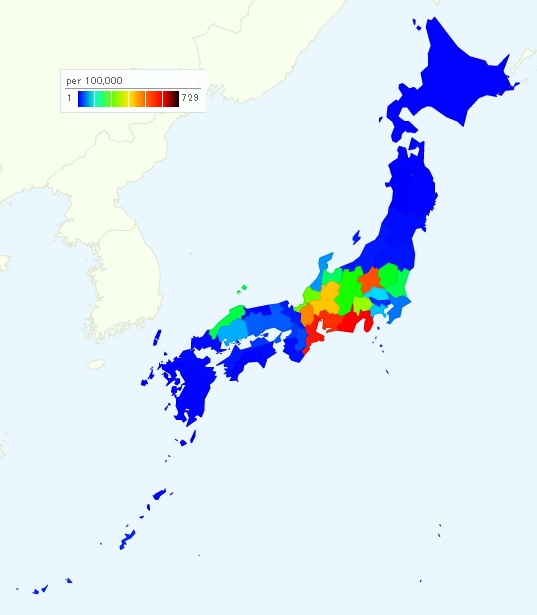
Takeyuki Tusda explores a very interesting question related to identity in “Homeland-less Abroad.” In general, there are two main categories that often are used to define one’s identity: ethnicity (defined by one’s background) and nationality (defined by one’s place of birth). Yet, in the case of the immigrant populations, these categories are not exactly useful, making most immigrants feel in between these two categories. The feeling of being in between stands from the fact that people tend to self-identify themselves according to their background and the original place where their family lineage originally emerged. However, while growing up, people’s social experiences are deeply influenced by the physical place where they spend most of their time which has a specific culture, language, and lifestyle. As we saw in the reading, these cultural aspects create barriers that contradict the original concept of being Japanese or Brazilian for example. Thus, the process of self-identification is challenged by the mixture of cultural experiences vs. biological features.
One thing that Tusda’s reading made me think of is that this ethnicity vs nationality issue is often discovered once the immigrant comes back to their family’s original country. While they might have no problem self-identifying themselves in Brazil as Japanese, they later realize that their ethnicity is no longer necessarily part of their identity. I would be interested in further studying the child population among immigrants and those returning to their families’ homelands. How do they feel when both aspects, nationality and ethnicity, are influencing the formation of their identity. To what extent do these two aspects impact their lives and growing up experiences? And, most importantly, when do national cultural influences become stronger and ethnic influences (or vice-versa)? In short, would children have an easier time assimilating after return to Japan (in this case) than adults, who have had a larger amount of cultural experience in Brazil?